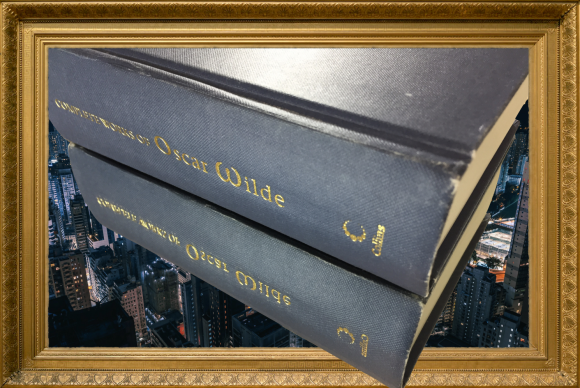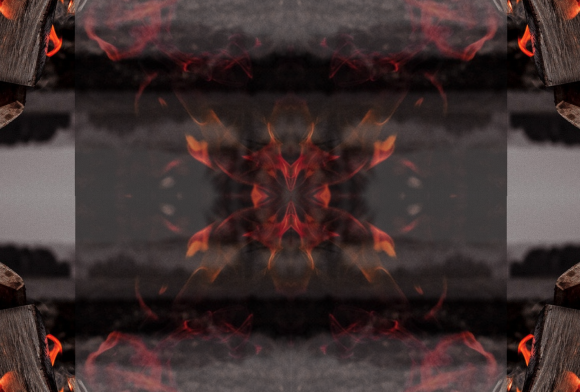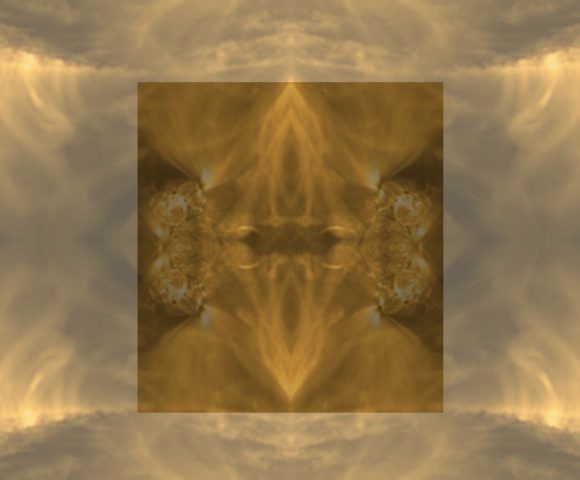I have written that talk about the underworld (and underworld journeys) in authors such as Jung and Hillman is metaphorical and refers, in its figurative meaning, to something we might as well describe psychologically — keeping in mind, however, that such “translation” between mythical metaphor and psychological description itself depends on more specific theoretical views, which can vary from author to author.
Hillman in particular has developed a theory centered around a specific perspective (the perspective of “soul”, as he calls it), and based on that theory, he often makes connections between mythological notions and psychological descriptions. And similarly to what we have seen in Jung and Stein, the perspective of “soul”, and the process of soul-making, involve a gradual distancing of the individual from the outer world, in favor of a turn towards the inner.

But perhaps we should dig deeper and ask: why would a gradual retreat from the external world, social life, and interpersonal relationships be associated with a proportional gain of soul? That the “death” metaphor fits this change, and that in turn a “journey to the underworld” can be used to describe it (again: metaphorically) — that is readily understood and plausible. But is there anything we can learn about soul, about that which increases with such distancing from life? Why does soul need us to retreat from the world in order for it to be made?
It is not much help to observe that soul-making also proceeds via dreaming, active imagination, fantasying, and the like. For although this tells us something about soul-making, it merely lists a few more activities which distance an individual from the world. When we switch from ordinary dayworld consciousness to the dream ego, we are cut off from the external world; when we move into a fantasy world the same happens. So we might take these as additional evidence that soul-making activities proceed by journeying away from the dayworld — but again, what can we learn from it about why that is? Why are there such activities at all? (And why do they come in multiple forms?)
1. I can see a number of different theoretical approaches to formulate an answer to that question.
The first theory would be that there is something about the daytime world (the waking world, the world of the senses, the practical world of action and observation) that hinders and disturbs the perspective of interiority (i.e., soul). The withdrawal from the external world is necessary, under that theory, because otherwise soul-making could not proceed, or at least could not proceed optimally. (This is what myths indicate by saying that the nighttime soul is inert throughout the day and only becomes active at night, in dreams, or in half-life after death. The “subtle body” of soul is supplanted in the external, social, and interpersonal world, and can only become the focus of attention once all that fades away. It is also of course the theme behind Plato’s Cave; and we can trace it further, all the way back to the Phaedo, too.)
A second theory has it that the distancing is necessary because the external, social, interpersonal world has hardened into a barren form, which is now a hindrance rather than a support for life, and needs to be broken up or replenished. (This is what we find in Jung’s alchemy interpretations, viz. GW XIV/I, §§ 183-205; in Campbell as “spiritual renewal”, viz. Hero, 29; and in Hillman’s “senex” speculations.)
A third theory might start from the observation that the social and interpersonal world (though not the physical world) is predominantly collective. In order to develop towards individual being, there must be a movement away from that; withdrawing projections and moving towards the balance of Jung’s Self require a differentiation of consciousness, and the distancing from the collective worlds (social rules, persona, projections of shadow, anima etc. onto other people) is a necessary first step in that dynamic. (Here we follow the line of thought from the second of Jung’s Two Essays, and perhaps this is also something that Hillman was aiming at with his “acorn theory”).
2. It is perhaps worth noting that these three theories are not mutually incompatible: one can hold more than one of them together. They just play, so to speak, on different levels.
The first is the most metaphysical: it requires a certain viewpoint on what’s real and what isn’t. (A metaphysical theory is here understood as an account of the notion of reality, the meaning of ascriptions such as saying that something “isn’t real”, and the major building blocks of what the “real” world consists of.) For on the first theory, the day world (the external, physical world just as the social and interpersonal world) and the night world (the world of dreams, fantasies, neuroses and so on) are both real, and as human beings we participate in both of them — which means that both of them together form our reality. This is of course what Hillman would call a “romantic” view, and we find it expressed frequently in Jung when he insists that the world of the psyche is just as real as the external world (and requires adaptation to it by the individual).
The third theory, in contrast, is the most purely psychological one. It can be expressed exclusively in terms of individual consciousness and collective unconscious. It is not an accident that it finds its clearest expression in those of Jung’s writings which defend the idea that there is a collective unconscious to begin with, not just to the personal unconscious of Freudian mint. But note that this, in turn, contradicts most of the direction which psychology has taken since Jung (and which direction Hillman criticizes as too one-dimensionally personal). In any case, this third theory as such is metaphysically agnostic: it would be compatible with sociological or physicalist reductionism (or, of course, on the other side of the spectrum, it would be compatible with the first theory above).
The second theory, finally, is the one that makes a commitment to the primacy of society (or the collective); it could thus go hand in hand with the first theory, but it would be harder to reconcile it with the third one: this would require a kind of paradoxial teleology where the good of the individual and the good of the collective in the end coincide. (Which is, of course, typically the theoretical component behind a supposed necessity of a “return leg” from the individuation journey.)




[…] have started exploring the question of “why”: the question, that is, why gaining more soul has to proceed by a gradual distancing from the […]